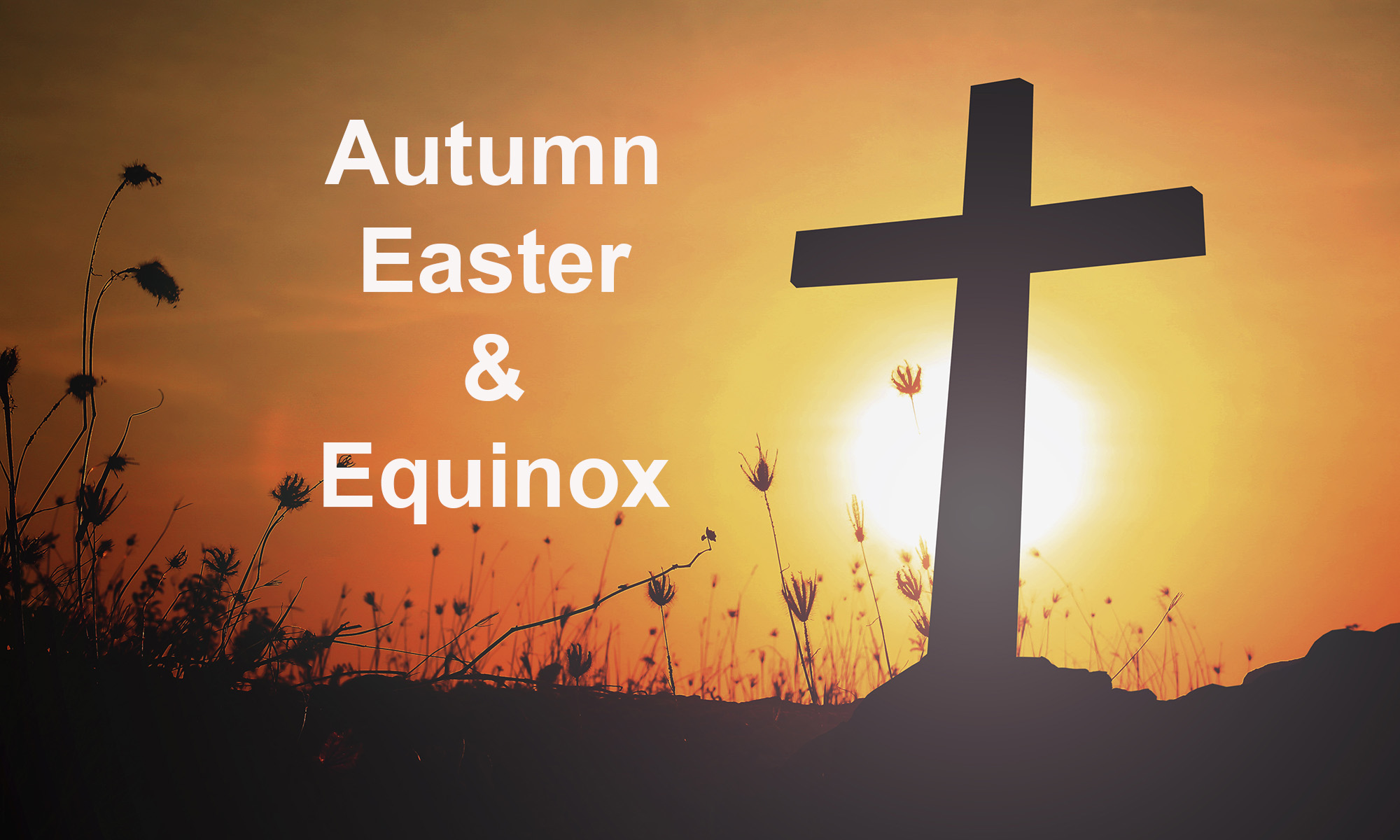There’s been a bit of discussion recently online, about the connections between the Christian festival of Easter and pagan celebrations of spring and fertility. During a radio interview on Easter Saturday I was asked about the tendency for eggs, rabbits and chocolate to overshadow the “real meaning” of Easter. I responded by reflecting on the spring Equinox origins of the Anglo Saxon celebration that became associated with Jewish passover, Jesus’ arrest, death and resurrection. Christian and Jewish meanings can be seen as a bonus for people who are looking for further meaning. The religious need not be threatened by people celebrating a deep and ancient appreciation of new life.
The Christian festival known in English speaking countries as Easter is known in many parts of the world through a local form of Passover: Pesach (Hebrew), Paskha (Aramaic), Påske (Danish and Norwegian), Pasen (Dutch), Pâques (French), Pascha – Πάσχα (Greek), Cháisc (Irish), Pasqua (Italian), Pasche (Latin), Páscoa (Portuguese), Pascua (Spanish), Påsk (Swedish) and Pasg (Welsh). In English and German speaking countries it appears as though the names Easter and Ostern come from the proto-Germanic Austron (Ä’ostre or Ostara).
Bede, an 8th-century British church historian, in his work “De temporum ratione”, states that during Ēosturmōnaþ (the equivalent to the month of April), feasts were held in Eostre’s honor among the pagan Anglo-Saxons. Bede believed that Eostre had been a Germanic goddess in times gone past. These feasts had died out by the time of his writing, replaced by the Christian “Paschal month” but retaining the pagan name. The feasts would have been held around the time of the spring equinox, the point in the year in which the sun starts coming up earlier and setting later. The goddess was gone, but the symbols of new life, fertility and spring remained in what we now know as Easter eggs and Easter bunnies (the hare in Germanic culture).
The Christian Easter tradition is connected with the Passover festival, which is roughly connected with the Spring equinox in the northern hemisphere. Emperor Constantine ruled that the paschal celebration would be celebrated on the first Sunday that occurs after the first full moon on or after the vernal (spring) equinox.
Down under, however, we miss the spring connections. It’s actually the autumn equinox here in late March/early April. This is a time when it’s starting to get darker, colder and more difficult to nurture life in the garden. It’s a time of harvest, not new shoots.
So how do Christians connect today to the ancient customs associated with the spring equinox tradition? Do we just ignore them? Or do we find a way to connect with the commercial promotion of eggs and rabbits? Some churches use hollow chocolate Easter eggs to reflect on the significance of the resurrection. The egg is hollow in the same way the tomb of Jesus is empty because of the resurrection. We talk about the hatching of the egg as a sign of new life, connecting with the resurrection of Jesus. I’m not sure I’ve seen anyone tie the Easter rabbit in with the Jesus events.
Could we run a second Easter in September/October, when the spring tradition makes more sense? It could be an opportunity to celebrate God-given creativity, fertility, new beginnings, and maybe fresh expressions of mission. And another chance to explore the Jesus story with fresh eyes.


Well, catholic church is not happy with pagan celebrations. Not sure about other christian churches?